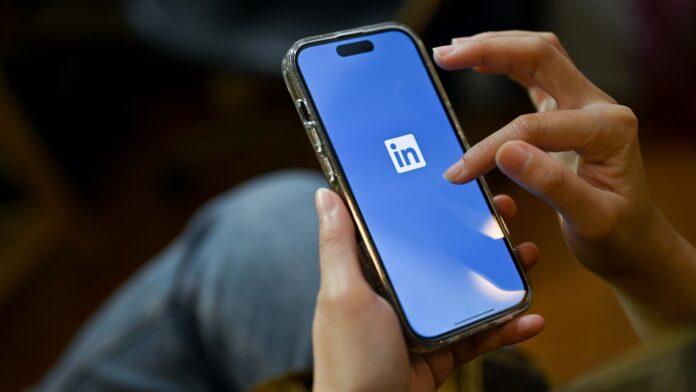Not that long ago, the most common mistake people made on LinkedIn was not sending a personalised invitation.
“I’d like to join your professional network on LinkedIn.”
Do you remember?
By now, the pro forma message has mostly been done away with. Most LinkedIn invitations don’t contain any message at all. On the odd occasion you do receive a personalised invite, there’s a good chance it will be meaningless, irrelevant.
Sometimes the reasons given to connect are utter nonsense.
Here’s the thing: on LinkedIn, as in life, it’s not easy to make meaningful connections.
On LinkedIn, if you want to connect with people who have the potential to advance your career or your business (what other reason is there?), you have to think and act strategically.
Do more than click to connect
What does it mean to think and act strategically on LinkedIn?
It means before you next click ‘connect’, you should pause to consider if or how what you’re doing supports your LinkedIn strategy. If it doesn’t, press ‘cancel’ instead.
It means before extending another ‘personalised’ LinkedIn invitation, you should pause to consider whether you’re giving your invitee a reason to want to connect with you.
“I see we have a few people in common” is not a compelling reason to connect.
Neither is your desire to sell something.
The reality is, even if you craft the ultimate LinkedIn invitation, and are an ideal professional pairing for the person with whom you’re trying to connect, there’s a decent chance your invitation will be ignored – a huge chunk of LinkedIn’s members are inactive or disengaged. To understand what I mean, go to your sent messages and count the number of ‘pending’ invitations.
Take (more) care with with your LinkedIn invitations and you’ll at least increase your chances of making meaningful connections.
Of course, if you’re a collector – that is, someone who measures their worth by the number of contacts, rather than the quality of their relationships – you should disregard this advice.






